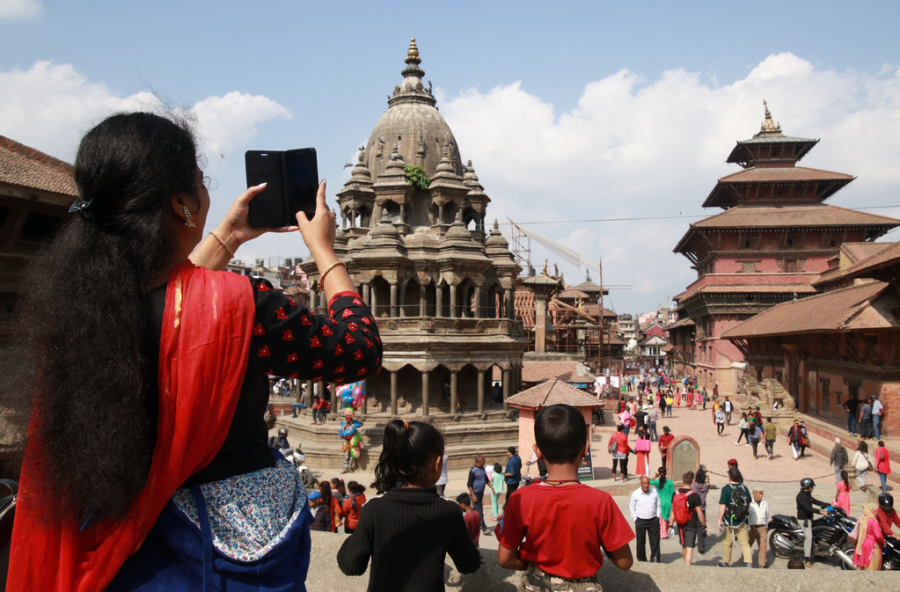Editorial
Nepal’s tourism potential
The country must be clear about the kind and number of tourists it needs and can handle.
In an uplifting news for Nepal’s tourism, the country saw the arrival of a million tourists in 2023. As per the Nepal Tourism Board, this was the third time the arrivals crossed the million mark, with the two other occasions being the pre-pandemic years of 2017 and 2019. The actual number could be much higher than a million, as the Indian tourists who enter Nepal via road are not accounted for in the current data. But the omission of data on the arrival of Indian tourists through over two dozen border checkpoints is not the only instance of their invisibilisation.
Indian tourists who come via road have to undergo repeated checks, and their vehicles are searched multiple times. Moreover, Nepal restricts Indian tourists from bringing more than INR25,000 (NPR40,000) in cash, a gross undervaluation of their spending capacity. Although the government has collaborated with India to operate cross-country online payment gateways, the same hasn’t seen much headway. This puts Indian tourists, especially those who do not use ATM cards, at a disadvantage. Tourism entrepreneurs in places like Lumbini and Pokhara believe they are losing out on huge incomes as a result.
The fact that Nepal shares an open border with India makes it the most feasible tourism getaway for Indian tourists. But to realise this tourism potential, Nepal needs to come up with special packages suited to them. The first one could be religious-spiritual tourism. Various governments over the past decade have flirted with the idea of tapping into the tourism programmes launched by the Indian government, a case in point being the Ramayana Circuit. If run well, this programme could benefit Nepal, with countless religious tourists visiting the birthplace of Sita in Janakpurdham.
But there is a caveat to it, which Nepal should be cautious about. The Narendra Modi-led Indian government could use the Ramayana Circuit as a roadway for its political project of Hindutva. Yet if we can do it judiciously, apart from the Ramayana Circuit, we also have Pashupati, Lumbini, Muktinath and Manakamana, among other places, that have huge potential to draw Indian tourists. But Nepal has also failed miserably to attract niche tourists even from India. For instance, compared to North Indians, very few South Indians come to Nepal. Even though the influx of Chinese tourists has increased following the lifting of China’s ban on foreign travel of its tourists early in 2023. Yet the arrival in the year of 60,000 tourists from a land of over a billion people is hardly worth celebrating.
We also need to be clear about the kind and number of tourists the country needs—and can handle. The government says it plans to welcome two million foreign tourists in 2024. But do we have the infrastructure to handle such a big number? For one, the condition of our roads connecting the main tourist attractions in Kathmandu, Pokhara and Chitwan is dismal. Domestic flights are still too expensive for foreigners. All these suggest lack of clarity on how to realise the country’s tourism potential. Unless we get this clarity, the country will not be able to count on steady and adequate income from the sector.




 6.12°C Kathmandu
6.12°C Kathmandu












%20(1).jpg&w=300&height=200)

